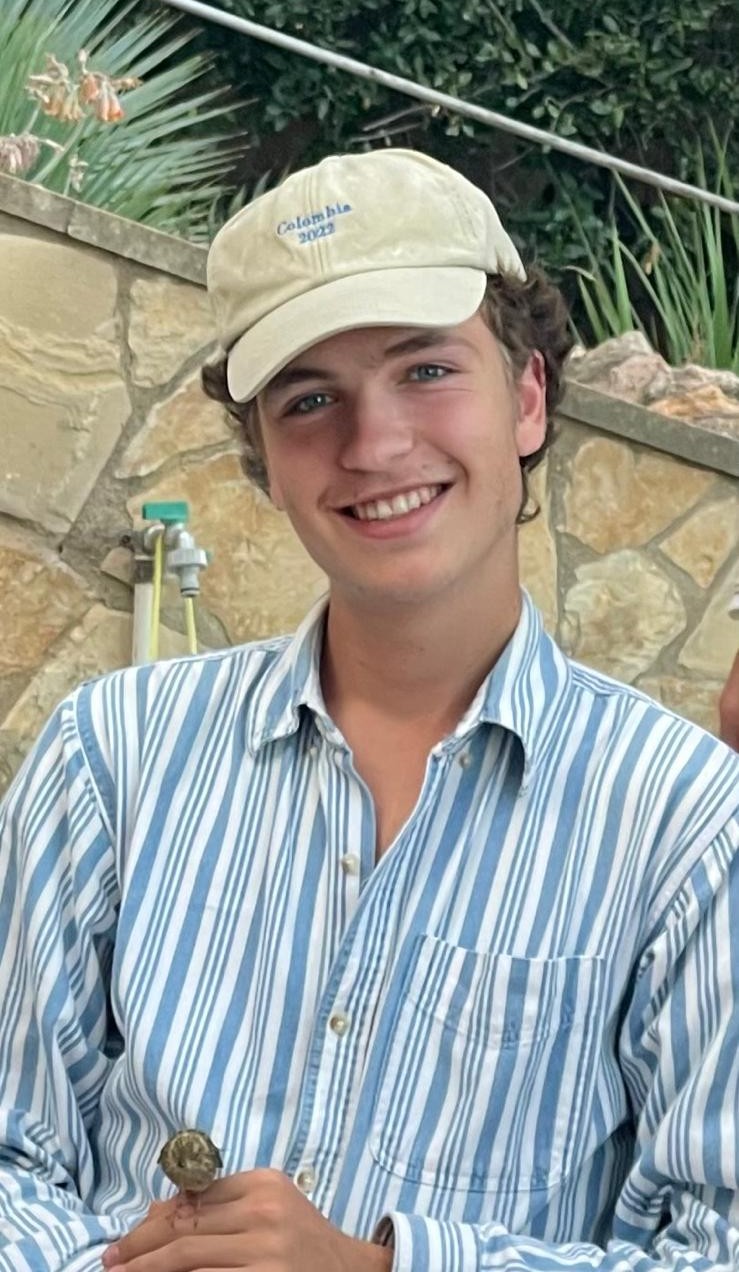What it does
Poaching, illegal fishing and logging threaten ecosystems worldwide. These illegal exploiters often enter and navigate through protected areas by boat. Hydro-Guard uses an underwater microphone to detect boat sounds and alert rangers in real-time.
Your inspiration
As a child, I had my own wildlife photography website. Later, I studied ecology during an exchange at Cornell and traveled through the Amazon. I’ve always been passionate about ecosystems and wildlife, and their degradation fuels my drive to help. The loss of species like elephants is more than painful—Without their seed dispersal, ecosystems destabilize, habitats vanish, CO₂ absorption drops, local food insecurity rises, tourism declines, and human-wildlife conflict grows. It’s not just an ecological crisis, but a social, economic, and environmental one. That’s why I’m committed to using my passion for design and tech to help protect nature.
How it works
The Hydro-Guard comprises four integrated components: Hardware: An H2d hydrophone wired to an Arduino board, powered by solar panels. Sending alerts via a satellite module (ARGOS sattelite network). | Software: The hydrophone continuously 'listens'. The recording is segmented into 5 seconds clips that feed an AI module trained to detect paddle-boat and motorized-boat noise with 97 % accuracy. To avoid false positives, an alert is sent only when three consecutive clips register boat activity. | The Buoy: the buoy is engineered to stay in place and withstand different river conditions, and stay partly above the water for the solar panels at all time | Software Integration: I am partering with EarthRanger. EarthRanger develops the software to show live maps of where animals or suspicious activity is detected, so you can protect wildlife faster and smarter. They want to help to get the Hydro-Guard integrated into EarthRanger to match rangers infrastructure.
Design process
I started with a study assignment, about improving an AI-powered poacher-detection camera in Gabon’s rainforests. However I soon asked myself: how can technology stop poaching more effectively? For me the next step was to map the poaching landscape. Zoom calls with rangers, conservation technologists, and ecological researchers revealed a key insight—poachers, loggers, and fishers move by boat in (sub)tropical and marine environments. How can we detect boats? By sound! Sound propagates very efficient under water. To test the idea, I made a €5 DIY hydrophone and threw it in Delft’s canals, picking up paddle strokes of a canoe at 200 m and motor hums of the local tourboat beyond 500 m. The concept was proven; a hydrophone is succesful in detecting boats. Then I dove into neural networks, and trained an AI model on open-source recordings of fish, water flow, and boat noise—achieving 97 % accuracy in detecting both paddle and motor boats in real time. A solar-powered buoy combined with a €200 hydrophone was developed and tested. The next step is to make a prototype, sending alerts to my phone real-time. Therefor I reached out to Arribada (open-source conservation tech developers), to help me with the hardware. And! We set the goal to have the first testing in Gabon this year!
How it is different
Exploitation is irreversible. Once a tree is cut, an elephant killed, or a coral reef destroyed, it’s gone forever. Current technologies—like Bushnell camera traps, gunshot sensors (Rainforest Connect), or satellite monitoring (SkyLight)—detect threats only during the act of exploitation. Hydro-Guard acts earlier: it is the first underwater microphone detecting boats in real time while en route. In addition boats follow predictable routes—rivers, lakes, reef edges—making it possible to protect large areas with just a few strategically placed devices. It functions at night. Without the delays, present with satellite image analysis. The Hydro-Guard has a 500+ meter detection range and low costs, therefor is affordable and scalable for high- and low-end national parks. Its design is formed with input from conservation tech experts and rangers from National Parks, the deployment is no issue: just drop it in the water and it works autonomously, solar powered.
Future plans
The Hydro-Guard will be developed further as an open-source project. I’m in contact with Arribada, a conservation tech company that supports me with resources and their network. We aim to deploy the first prototype in Gabon within 6 months. Next task is to integrate Hydro-Guard with the Earth Ranger software. Looking ahead, I want to expand Hydro-Guard’s potential beyond protection in 5 years. Cornell researchers I spoke to, use hydrophones to monitor fish population. This has the potential to help parks monitor AND protect ecosystems with one device. My dream is to grow further into the conservation tech world, and help protect nature.
Awards
Nothing, this is my first submission.



Share this page on